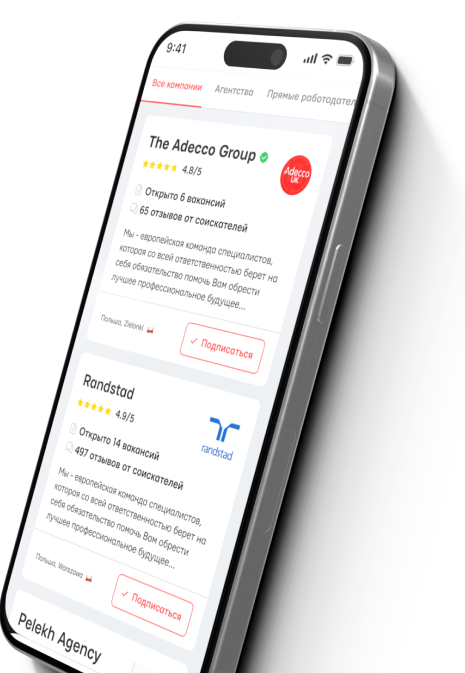Holodomor provoked a surge in diabetes in subsequent generations of Ukrainians. Science Journal published a study.


Scientists have found a link between the Holodomor of 1932-1933 in Ukraine and the predisposition of children born during this period to type 2 diabetes. The study was conducted on over 10 million people born in Soviet Ukraine in 1930-1938. Scientists found that individuals born in the first half of 1934, when the famine was at its peak, had more than twice the likelihood of developing diabetes compared to those who did not experience the famine. Specifically, in regions with extreme famine, this risk was 2.15 times higher, while in regions with less severe famine, there was a 1.48-fold increase. Those born in regions without famine did not show an increased risk of developing the disease. Researchers also tracked the impact of famine intensity on birth rates. The number of births in the first half of 1934 was lower in famine regions compared to non-famine periods.
On October 12, 2023, PACE recognized the Holodomor as a genocide of Ukrainians.
Read also
- In Ukraine, wild birds are being shot. The State Consumer Service explained why this is being done
- Through the Protest of Poles, Carriers Massively Avoid One of the Border Crossing Points
- Map of hostilities in Ukraine as of May 13, 2025
- Enemy losses as of May 13, 2025 – General Staff of the Armed Forces of Ukraine
- Occupiers in the south suffer catastrophic losses due to their own command
- The Russian Federation announced the capture of a village on the border with Dnipropetrovsk: what the Armed Forces say










